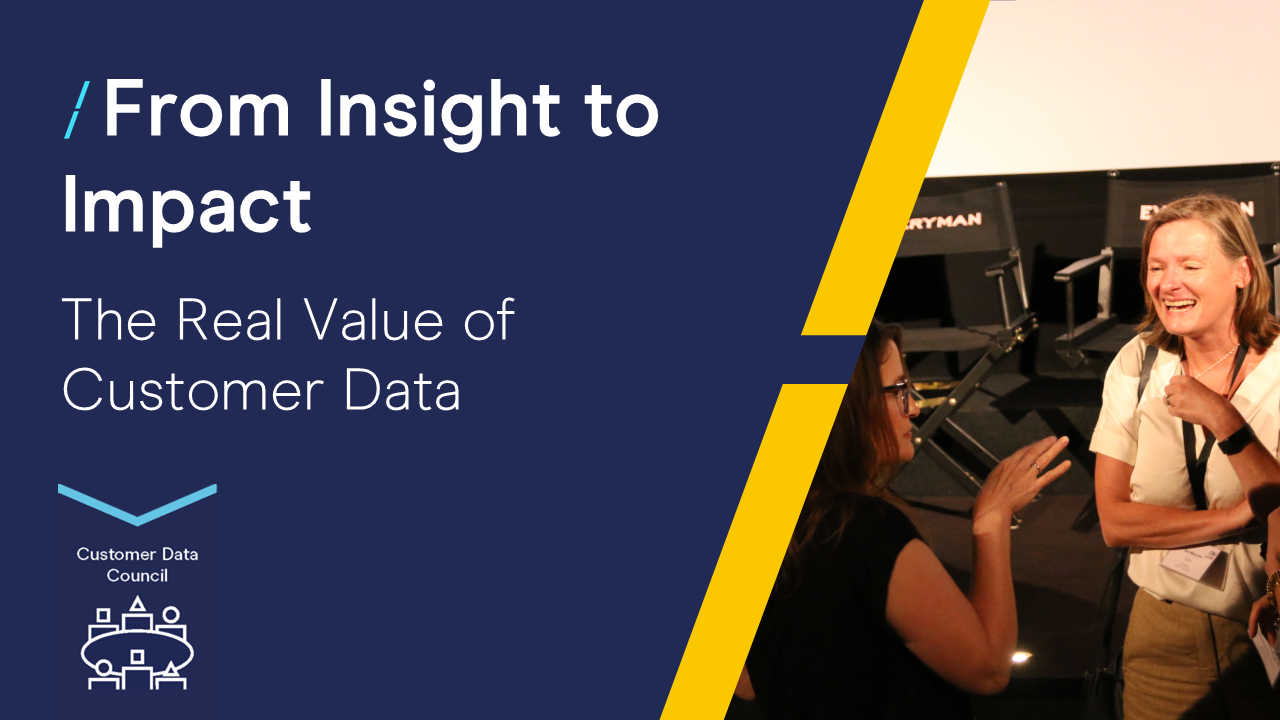Virtual engagement: real desire
14 Jun 2016
DMA research into retail engagement shows brand loyalties are eroded by newer ways to shop, and consumers want new ways to interact
Consumers want a more interesting relationship with the brands they use, and think highly of virtual techniques promised by evolving technology.
Half (48%) of respondents expressed an interest in artificial intelligence approaches to engagement, such as chatbots or virtual assistants. But this increased dramatically for younger age-groups, rising to 79% for the 16-24 age-group, 76% for those aged 25-34 and 62% of those aged 35-44.
More than half (54%) of Gen Y/Millennial age groups (28% of the total sample) are interested in a service that detected how they were feeling and sent them surprise offers/deals based on their mood.
“Current engagement methods often seem clumsy, like ‘brand stalking’, where items follow a consumer around on web banners. Instead, consumer data could be used in virtual or artificial intelligence systems. One example could be chatbots, giving brands a better way to use their data and consumers a more meaningful interaction,” said Rachel Aldighieri, DMA MD.
While a substantial minority (40%) of respondents are actively loyal to brands, 28% are actively disloyal. The remainder are loyal depending on the context. New ways to explore brand disloyalty presents opportunities to challenger brands. The most popular considerations when buying are: Quality (72%), service (64%), offers/deals (62%) and convenience (57%). The intrinsic value – perceived quality – can be usurped by other factors.
With 76% willing to spend time researching to get the best value, brands are no longer defined by how they present themselves, but by how convenient, how cheap, they are. Brands need to reprove their value, but this can be done in simple ways that are useful to the customer.
Simple methods of engagement work. While 24% are in loyalty schemes, almost half (46%) of respondents are not in loyalty schemes, but would like to be. More than three-quarters (77%) of consumers were interested in joining a loyalty scheme after buying a product.
The new rules of engagement:
- Relevancy beats personalisation: 40% are interested in a service that reminded them about upcoming birthdays and gave relevant suggestions on what to buy them. This rises to two thirds of 25-34s.
- Incentives to share data: Consumers will share data for direct benefits such as lower prices, loyalty rewards, special deals etc.
- Build a reciprocal relationship: 40% would be willing to be rated by a brand. Rating is common, familiar and accepted through services like Ebay, Uber, Airbnb.
- Humanise digital engagement: Artificial intelligence approaches, married to virtual reality could give heightened interactions. Almost four-fifths (79%) of 16-24 year-olds were interested in a virtual innovation.
According to Organic’s CEO James Moffat, “The report that follows proves that understanding people, not technology, is vital to the future success of brands who want to achieve better customer engagement.”
Acxiom’s European marketing director Jed Mole said, “Tantalising is the revelation that consumers really do want to be ‘surprised’ by brands, with great offers and gifts; but how can we do that without being able to recognise the individual and connect their data to understand just how we should surprise them, with what and when?”
Tomas Salfischberger, CEO, Relay42, said, “An overarching theme emerges: customers crave dialogue. Fail to engage, and run the risk of seeing them flock elsewhere.”

1.png)

